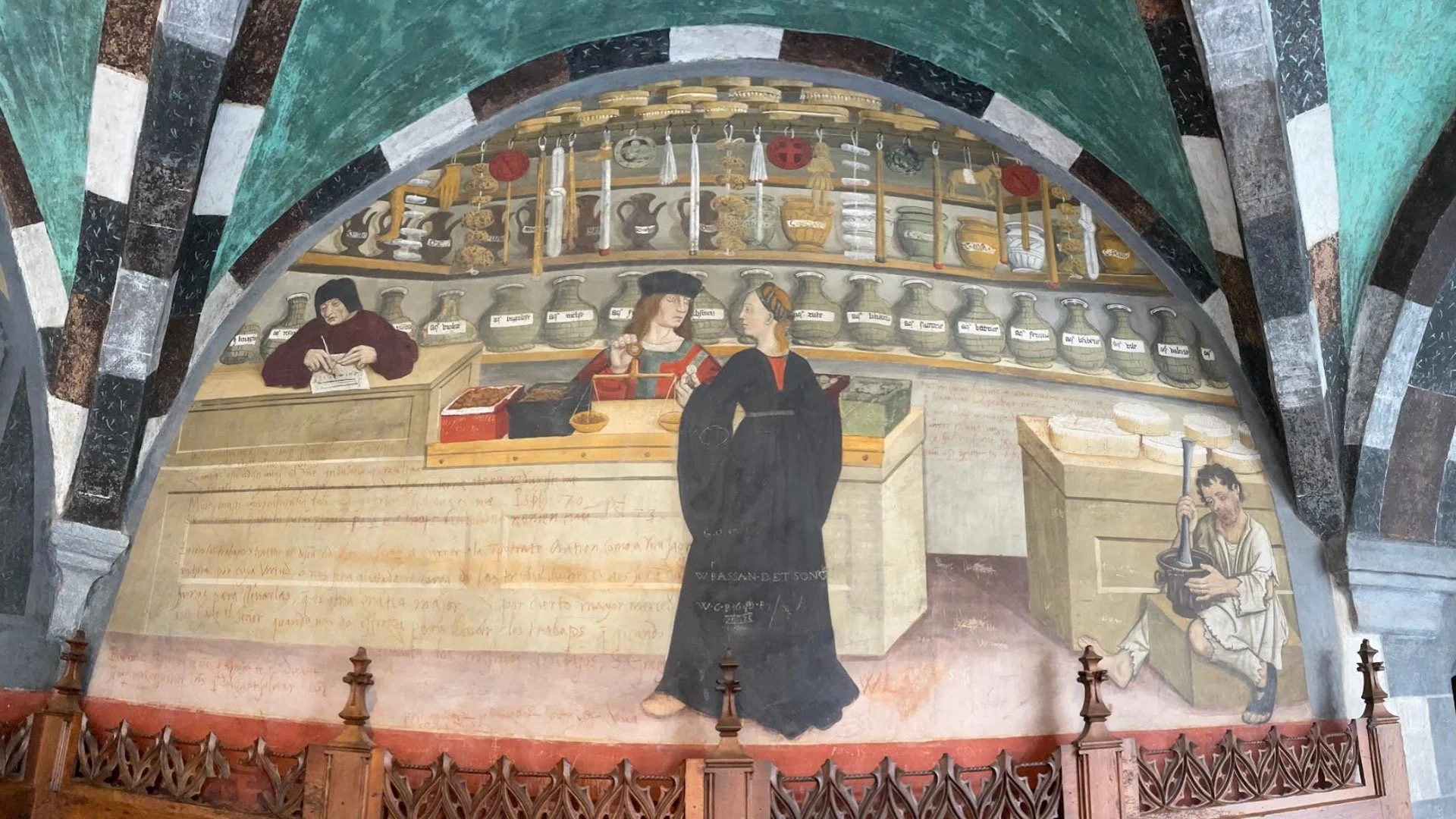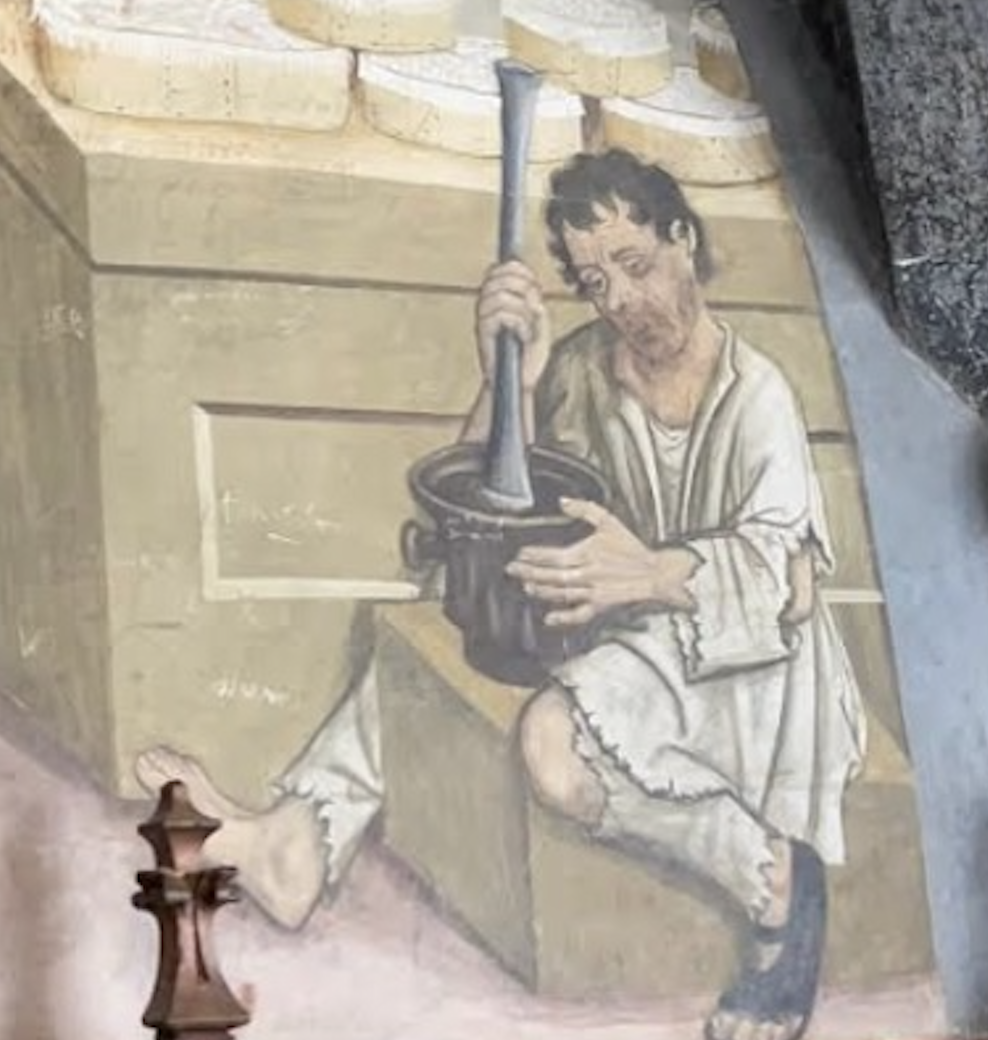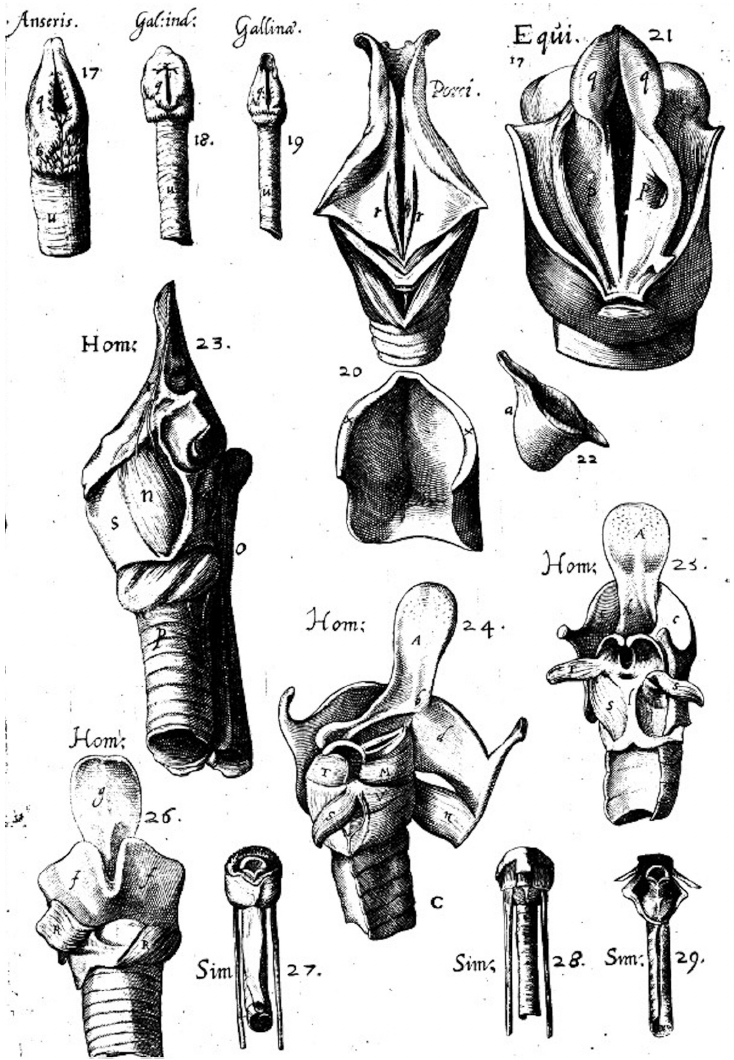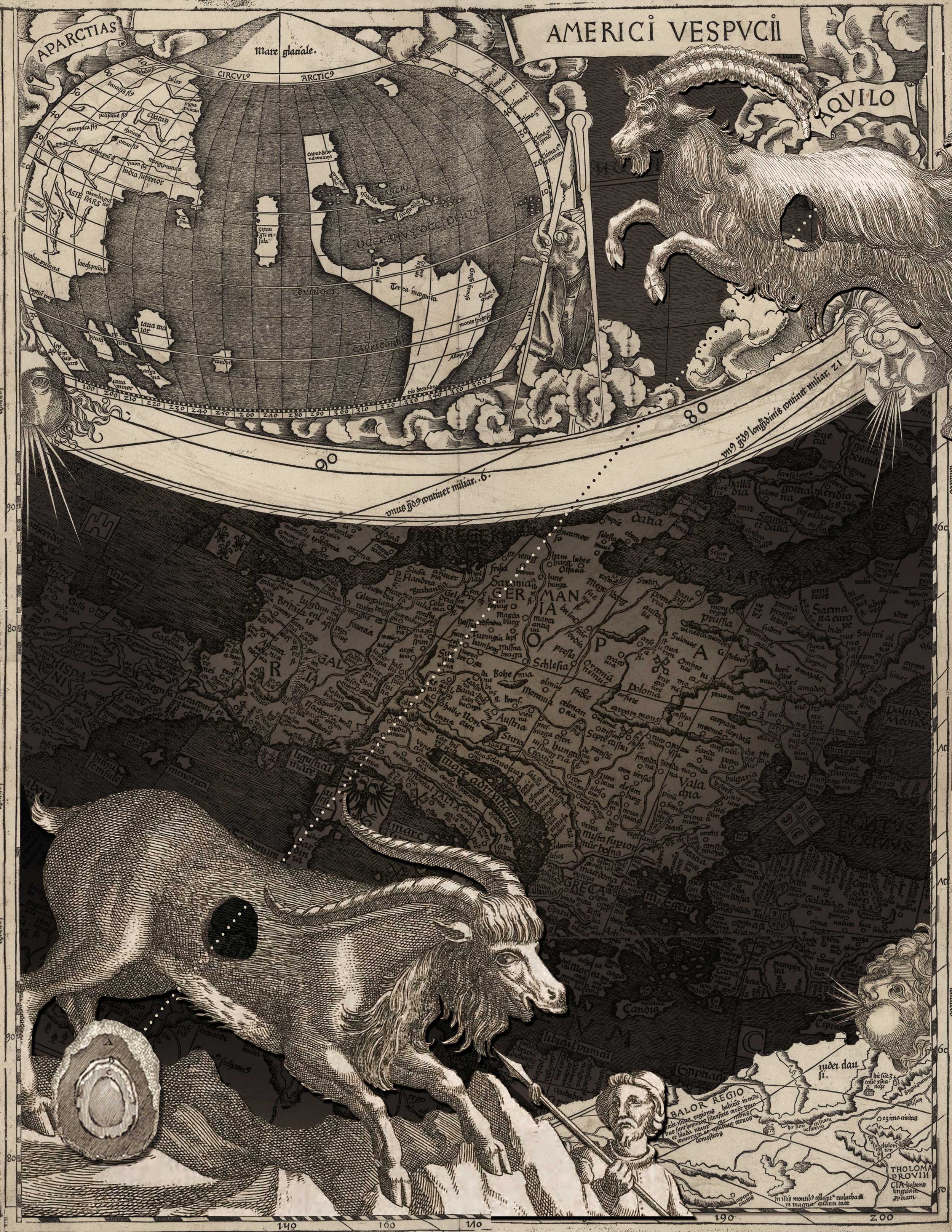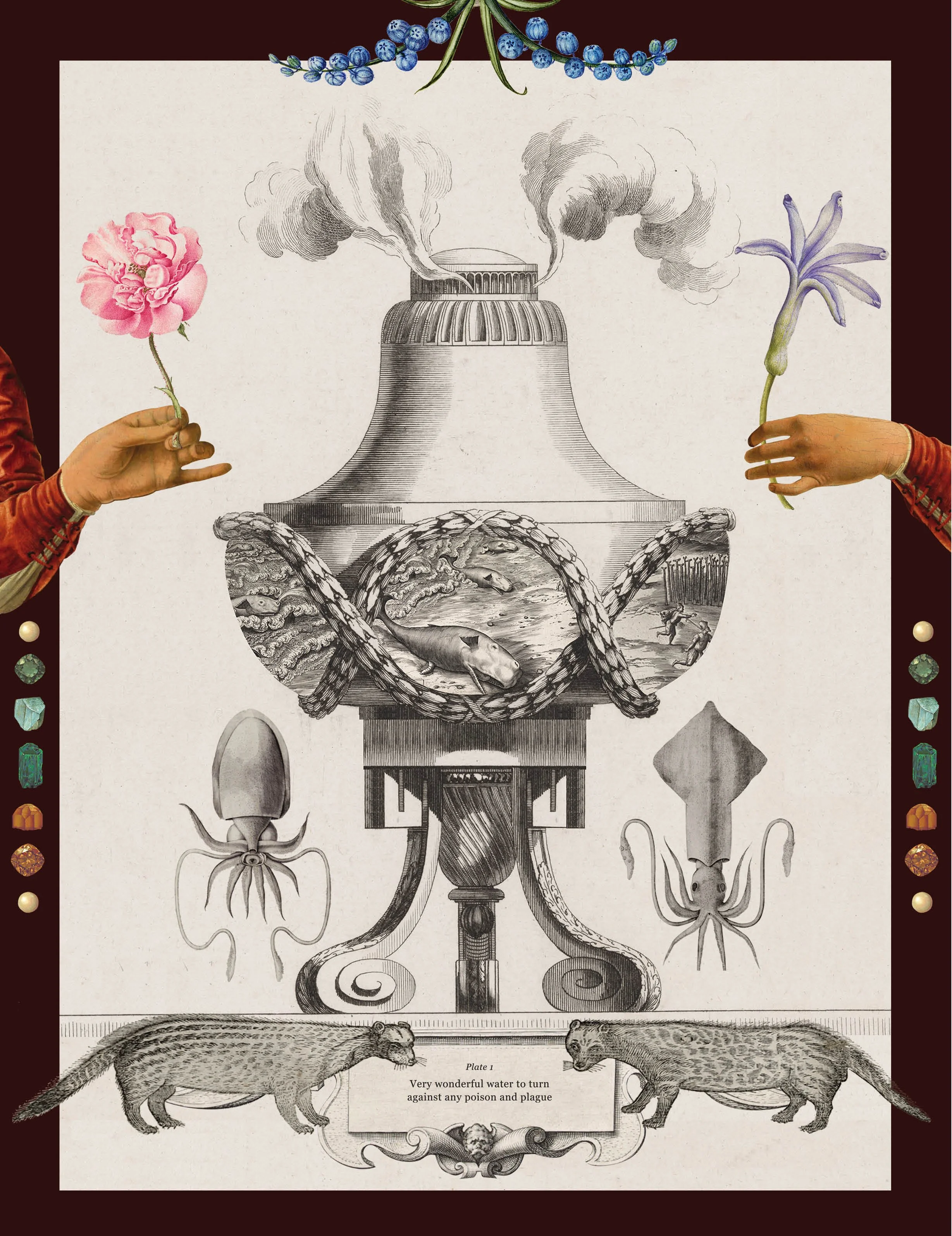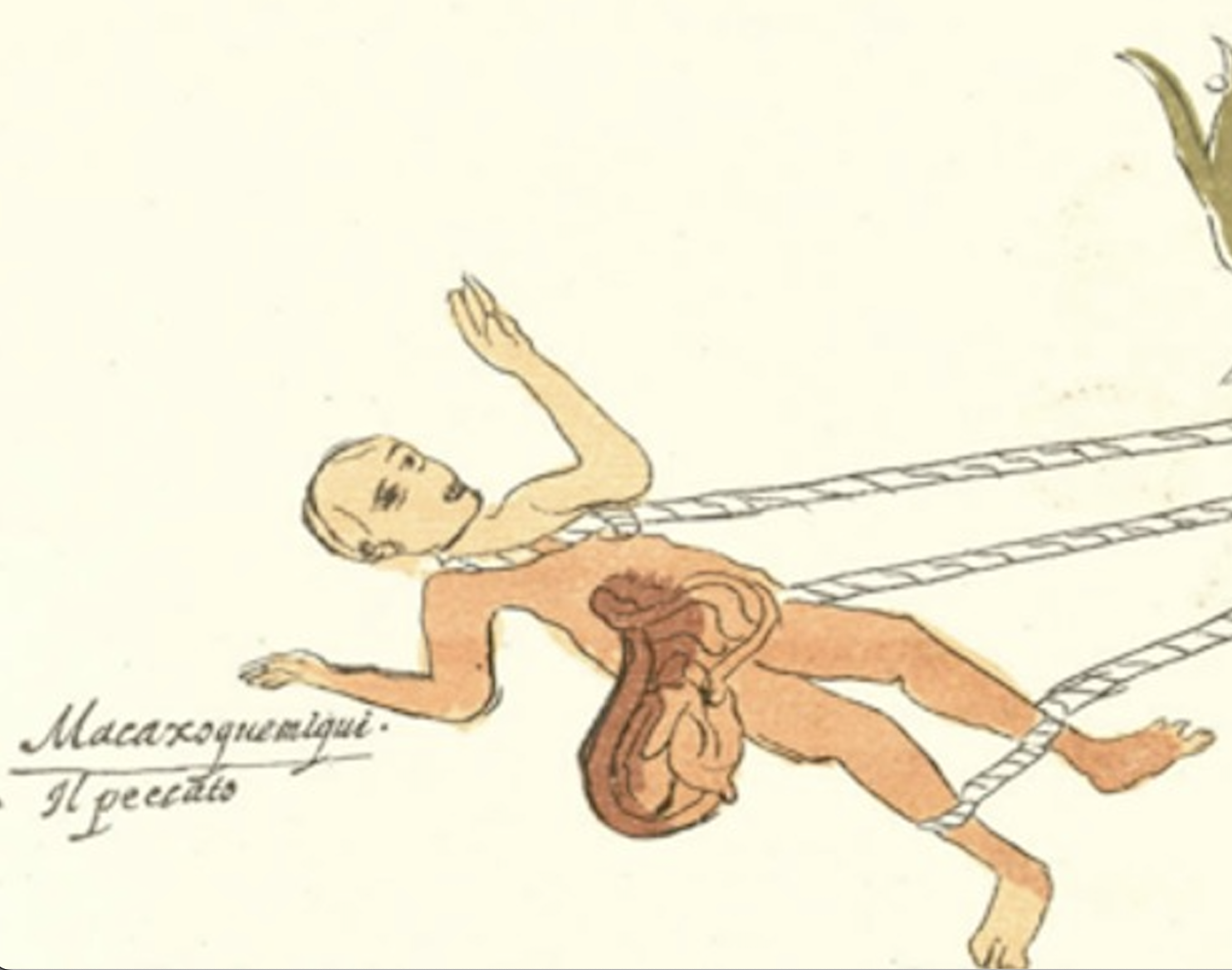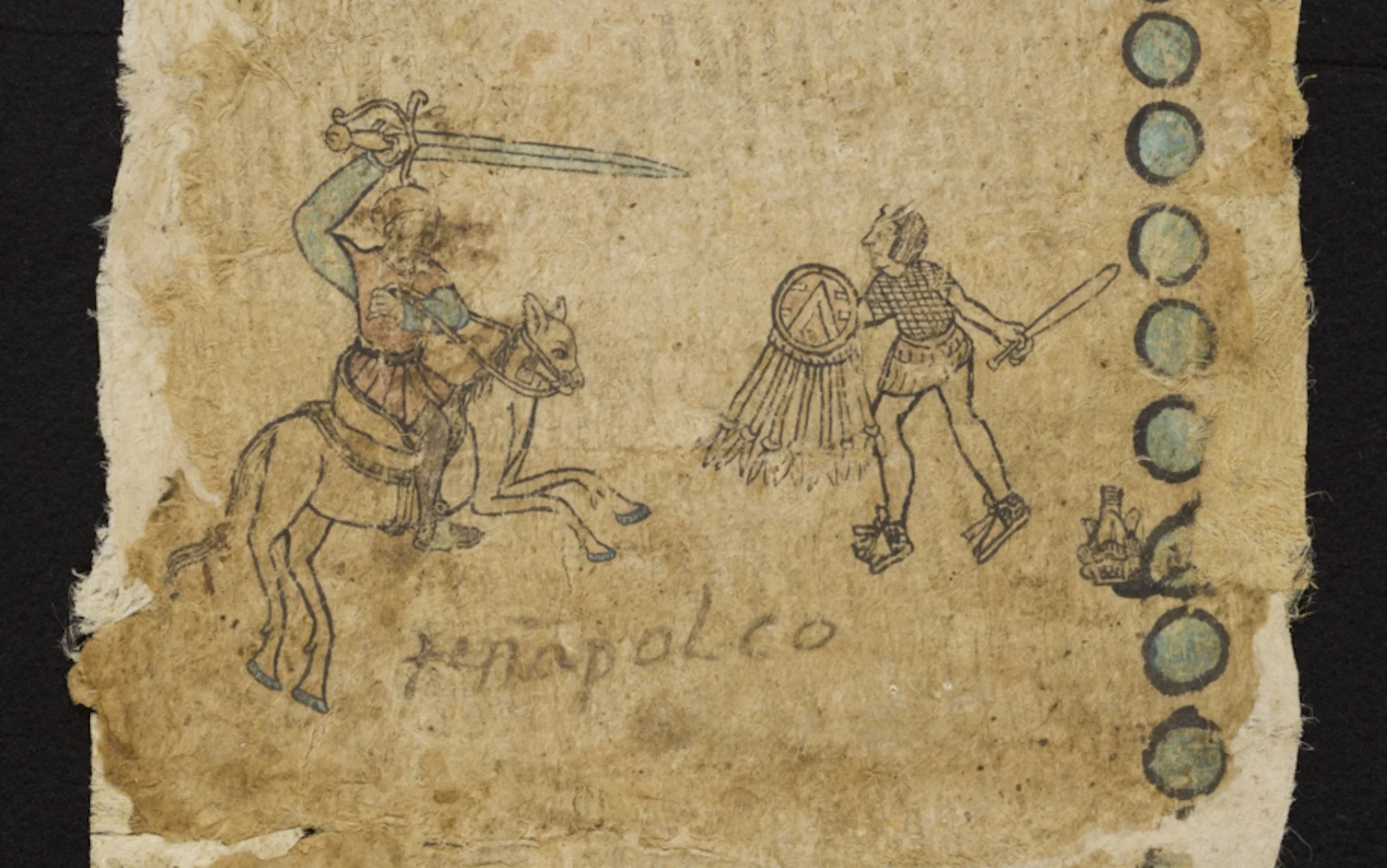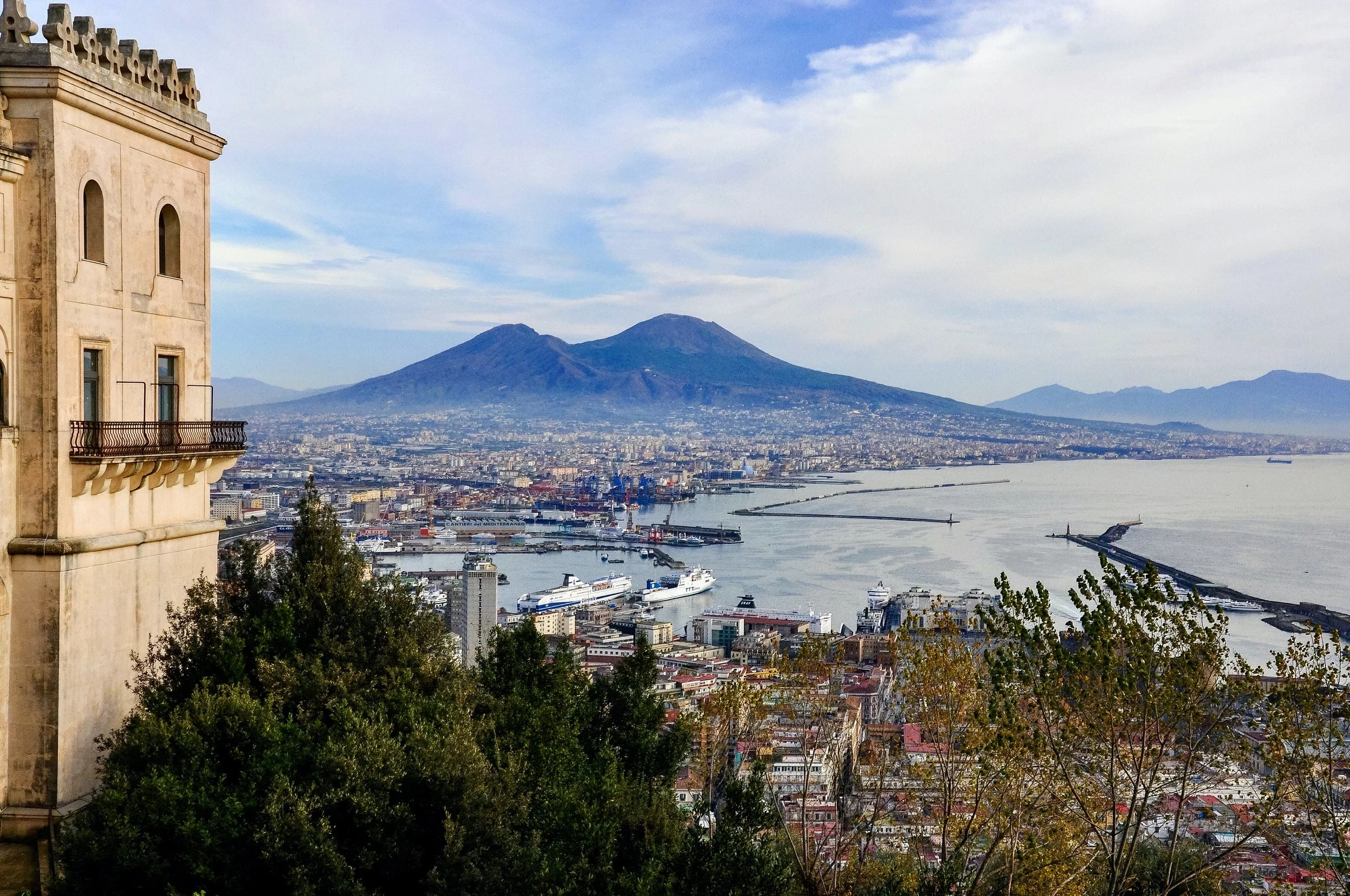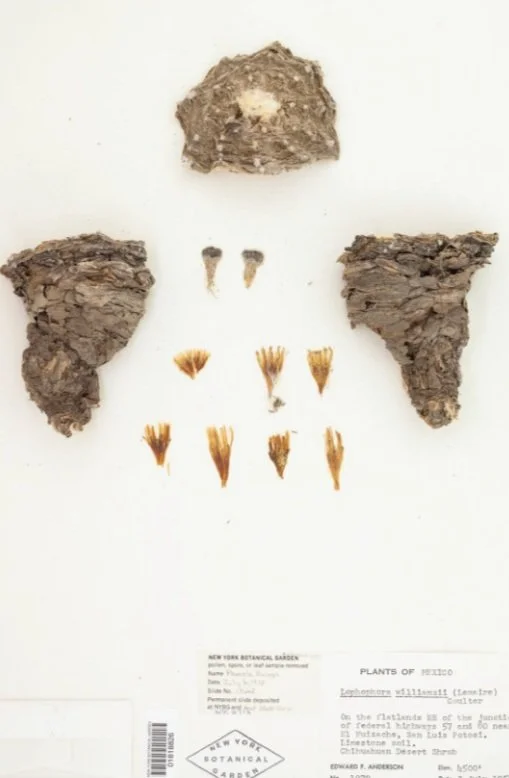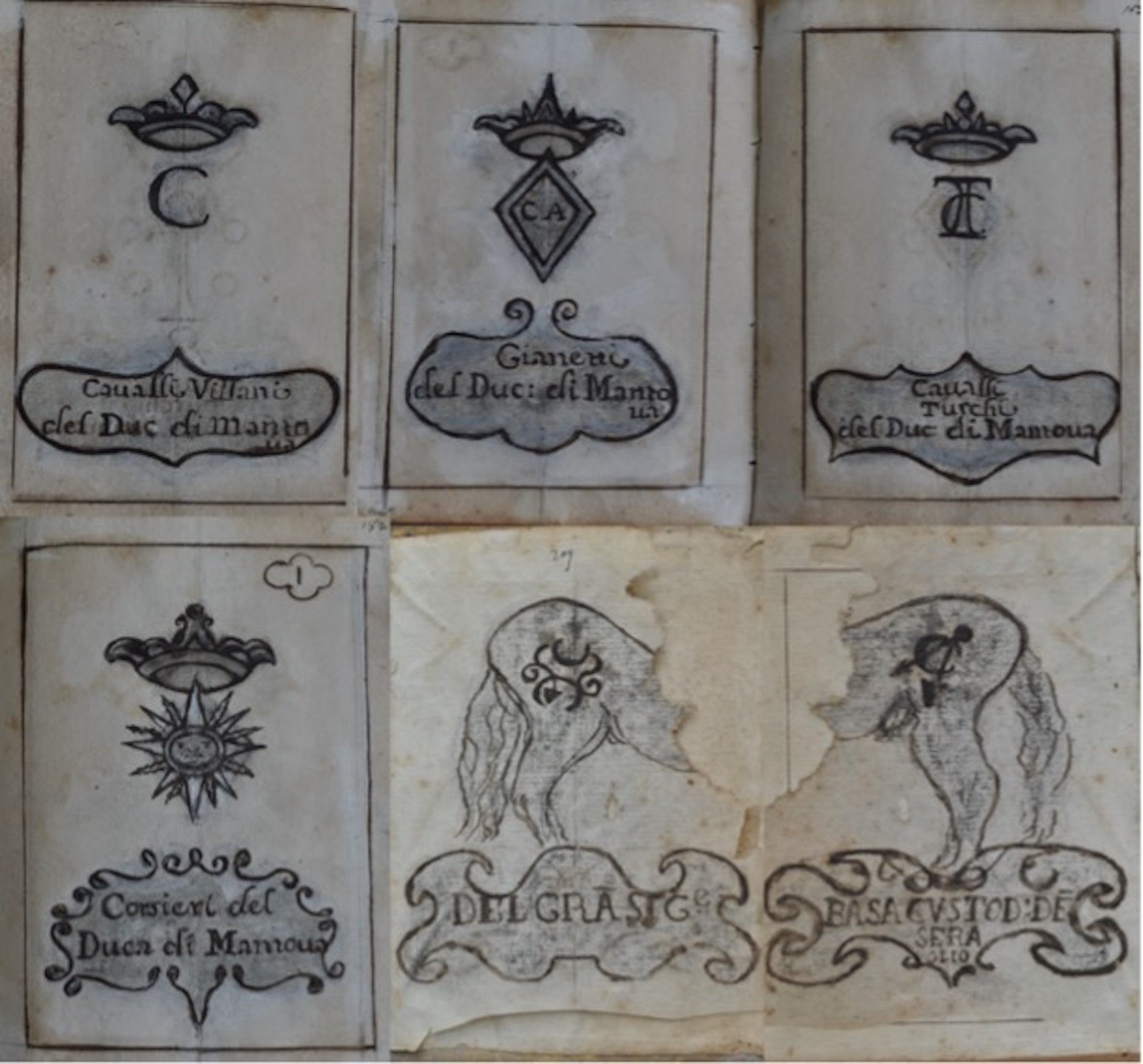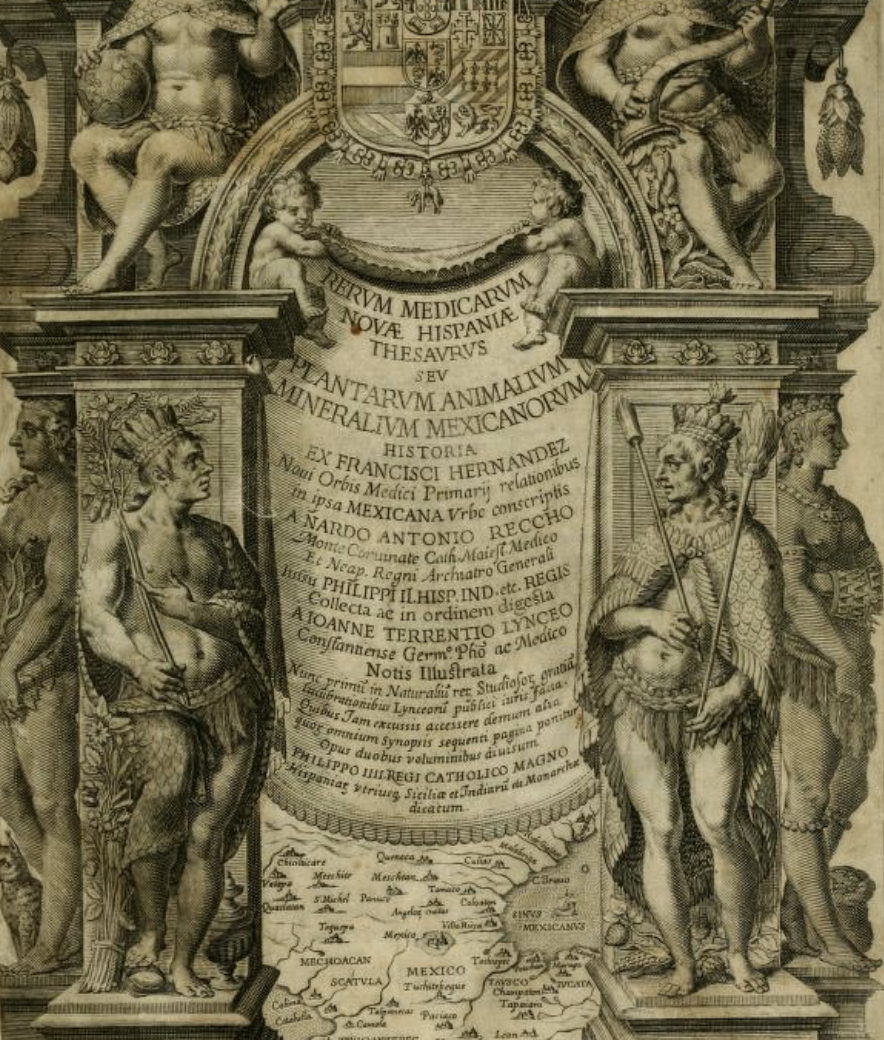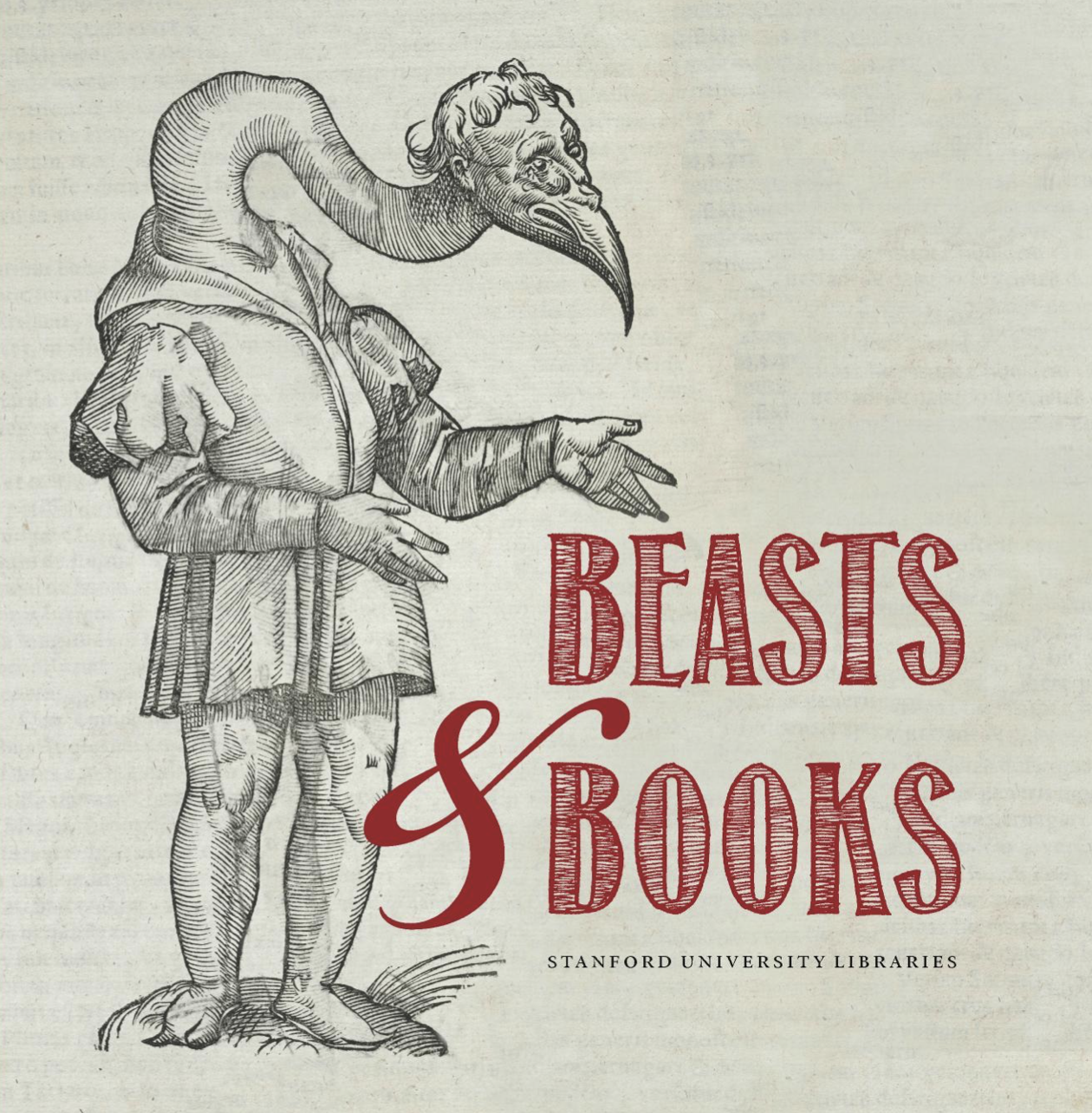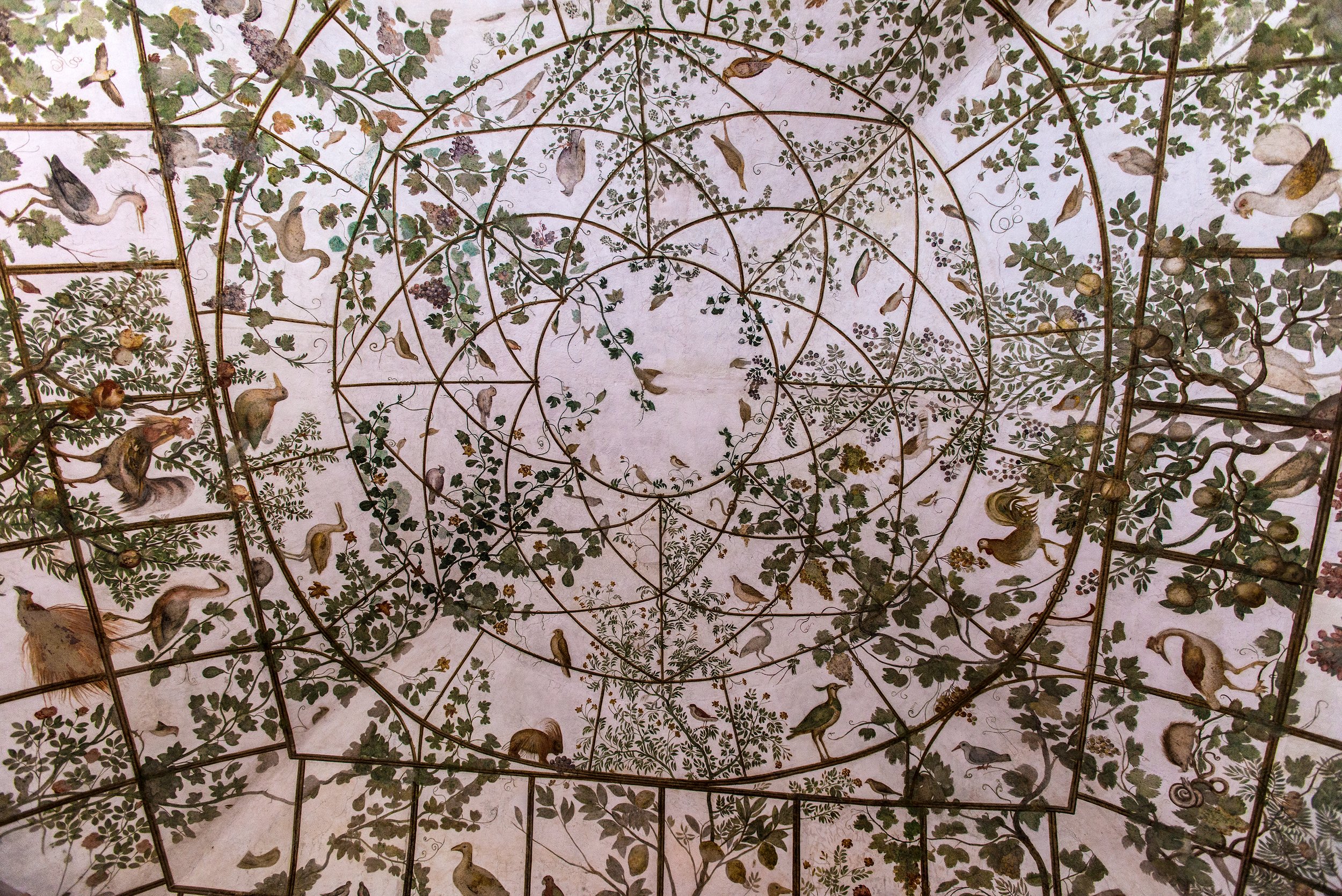
Articles
Visual Pharmacy
An Introduction to Historical Pharmacopeias
The Historical Pharmacopeias project digitally compiles and analyzes medicinal lists across historical societies, highlighting connections between material culture, medical practice, and pharmaceutical knowledge. Using innovative digital methodologies, it examines the variability, regionality, and cross-cultural exchange in medicinal substances, redefining traditional understandings of pharmacopeias as evolving social and medicinal archives. In this "Visual Pharmacy" article, Cooley and Smail lay out the project's fundamentals. By cataloging medicinal substances and visual records, Historical Pharmacopeias highlights diverse medicinal vocabularies, shifting authorities, and evolving relationships between objects, healing, and knowledge production.
Likeness Across Nature
The Anatomical Eye of Hieronymus Fabricius of Aquapendente (1533-1619)
Over the course of a long career, Hieronymus Fabricius of Aquapendente sought to train students and readers to think across nature. This article suggests that we read his program as inculcating an “anatomical eye”: a visual language of the body’s logic and nature’s intention that encoded knowledge, which expert anatomists derived from touch and sight combined. Fabricius both taught and learned haptically, observing organs’ divisions through variations in texture and measuring the differences in reproductive anatomy across animals with his fingers. Through dissections of sheep, cattle, horses, sharks, guinea pigs, dogs, and humans, he gathered details about how nature had produced both startling likenesses and particularities across the animal kingdom. While artists sometimes struggled to capture his experience, Fabricius’s longstanding commitment to working with them revealed that, whatever the challenges, the potential for expanding the “anatomical eye,” and the reputation that came with it, was worth the risk.
Bezoar
Medicine in the Belly of the Beast
In Natural Things in Early Modern Worlds. Edited by Mackenzie Cooley, Anna Toledano, and Duygu Yildirim. London/New York: Routledge, 2023. 53-84.
Ambergris
From Sea to Scent in Renaissance Italy
With Kate Biedermann. In Natural Things in Early Modern Worlds. Edited by Mackenzie Cooley, Anna Toledano, and Duygu Yildirim. London/New York: Routledge, 2023. 111-135.
Introduction
by Mackenzie Cooley, Anna Toledano, and Duygu Yildirim. In Natural Things in Early Modern Worlds. Edited by Mackenzie Cooley, Anna Toledano, and Duygu Yildirim. London/New York: Routledge, 2023. 1-13.
The Giant Remains
Mesoamerican Medicine, Extinction, and Cycles of Empire
Isis: A Journal of the History of Science Society, Volume 112, number 1, (2021), 45-67.
★ Honorable Mention in the 2022 Kimberly Hanger Article Prize
The Tira of Don Martin
A Living Nahua Chronicle
With Alanna Radlo-Dzur, Emily Kaplan, Leah Bright, E. Keats Webb, Mary Elizabeth Haude, Tana Villafana, Amanda K. Satorius, Latin American and Latinx Visual Culture, Volume 3, Number 3, (2021), 7-37.
★ Winner of the 2022 Joseph T. Criscenti Best Article Award from New England Council of Latin American Studies
Diamond in the Rough
Nobility and Spanish Naples in Lope de Vega’s El perro del hortelano
Journal for Early Modern Cultural Studies, Volume 19, Number 3, (2019): 71-97.
Teaching Tepahtia
A Pedagogical Reflection on Knowledge and Medicine in Mexico, 1400-1600
Journal of Medieval Worlds, 2019, Volume 1, Number 3, (2019), 85-104.
Marketing Nobility
Horsemanship in Renaissance Italy
Animals at Court, Europe, c. 1200-1800, Mark Hengerer and Nadir Weber, eds. (Berlin: De Gruyter, 2019), 109-126.
Southern Italy and the New World in the Age of Encounters
In Elizabeth Horodowich and Lia Markey, eds. The Discovery of the New World in Early Modern Italy. Cambridge: Cambridge University Press, 2017. 169-189.
Beasts and Books
Catalogue of an Exhibition of Rare Books and Manuscripts in Stanford Libraries’ Special Collections
Stanford: Stanford University Libraries, 2015. Preface by Paula Findlen.
